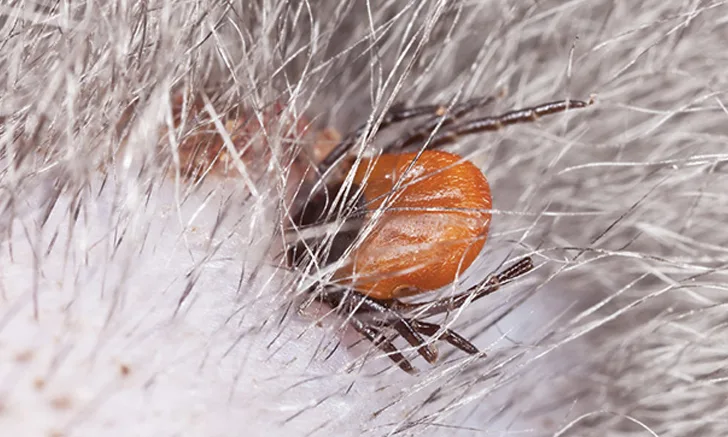Quiz: Tick Fast Facts
ArticleQuizLast Updated April 20181 min readWeb-Exclusive

Pet owners may not know their pet has been exposed to ticks until they are fully engorged on the pet. Take this quiz to test your client education knowledge and help owners protect their pets from tick infestations.